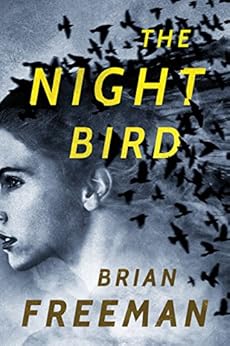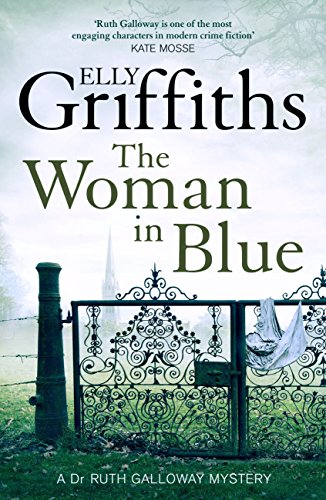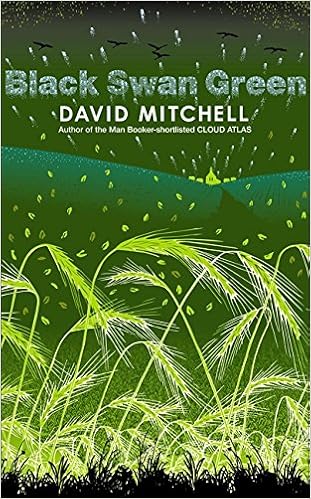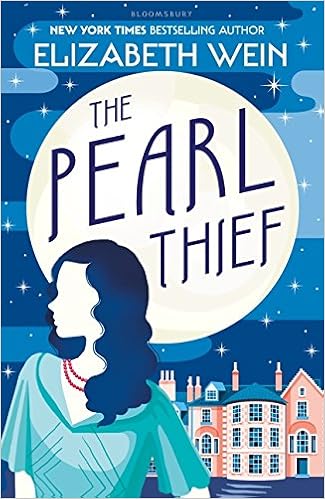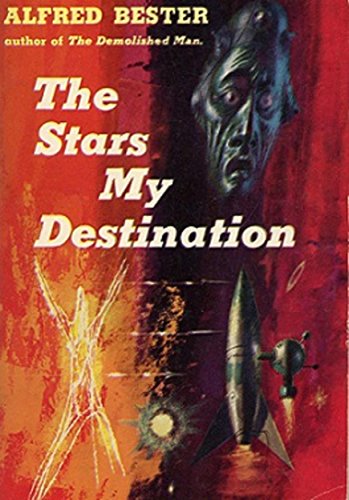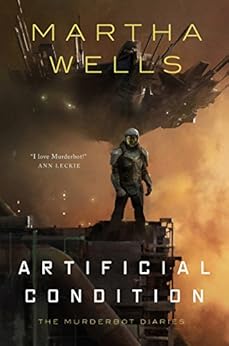Grounded by conscience, the Utopians are not brave enough to let billions die while they hide away to safeguard everything. They won't abandon this world to destruction, not even to protect all better ones. They bind their fate to Earth's. No second chance. [p. 309]
This third novel in the Terra Ignota series (preceded by
Too Like the Lightning and
Seven Surrenders) will make little sense to anyone not familiar with the first two books. It does suffer somewhat from 'middle book' syndrome: the bridging section between wrongness and resolution. Yet it's not the larger plot that enthralls me: it's the small-scale interactions between the characters (some of whom are more real than others.)
The world is on its way to war, a war that will be shaped by Homer's
Iliad. Global peace, it turns out, has been maintained by a programme of assassination, and underpinned by the machinations of Madame and her lovers, wards, and (self-termed) gender perverts. Meanwhile, several interesting theological issues, usually the domain of philosophers and sensayers, have become matters of fact.
And it is, anyway, an age of wonders: the fantastical U-beasts, fireworks on Mars, Olympic Games in Antarctica -- oh, but all those wonders have been birthed by the Utopian Hive, and all signs point to the Utopians (whose mission statement is "to redirect the path of human life away from death and towards the stars") being the focus of the fourth novel.
The labyrinthine intricacies of inter- and intraHive conflicts are painstakingly thought out, and delightfully complex (which is to say there is a
lot of world-building and society-building), but I'm more interested in Mycroft and his decline. It becomes clear in this volume that Mycroft -- who asserts his own suitability as chronicler thus: 'My great merit as an historian is that I am known to be insane' (p. 14) -- is an even less reliable narrator than had previously seemed the case. Increasingly prone to vagueness and conflation, he converses with dead philosophers and friends, and two versions of his hypothetical Reader. To further muddy the plot, it becomes apparent that several incidents recounted in the previous books did not occur as described. Or perhaps they did, but with a dramatically different context. Or perhaps -- for this volume's Reader is not the same as the Reader we encountered at second hand before -- the audience has changed, and they require a different dimension of the truth.
Mycroft is a self-confessed monster, a sadistic parricide whose defining moment is the 'beautiful rampage' of murder he committed aged seventeen. One can't condone his crimes, and his servile manner sometimes grates. But I ached for him in
The Will to Battle: his desperate hope of atonement, his grief, his disintegrating sense of self, his weariness. I would love to read more about his youth, before his 'beautiful rampage': I think a lot of answers might lie there, at Alba Longa. Though Thisbe may have a lot to answer for, too: Mycroft's visit to her, and a couple of remarks by Martin Guildbreaker, intrigue me mightily, because of what they imply about Mycroft's personality.
Palmer sets up, then sidesteps, a massive cliffhanger (well, it's still a cliffhanger, just not such a harrowing one). I'm not sure how I feel about this. It is definitely a kindness to this reader, who would have found the wait for
Perhaps the Stars (scheduled for summer 2019) interminable. The novel might have ended on a stronger note, though, if the uncertainty had remained.

